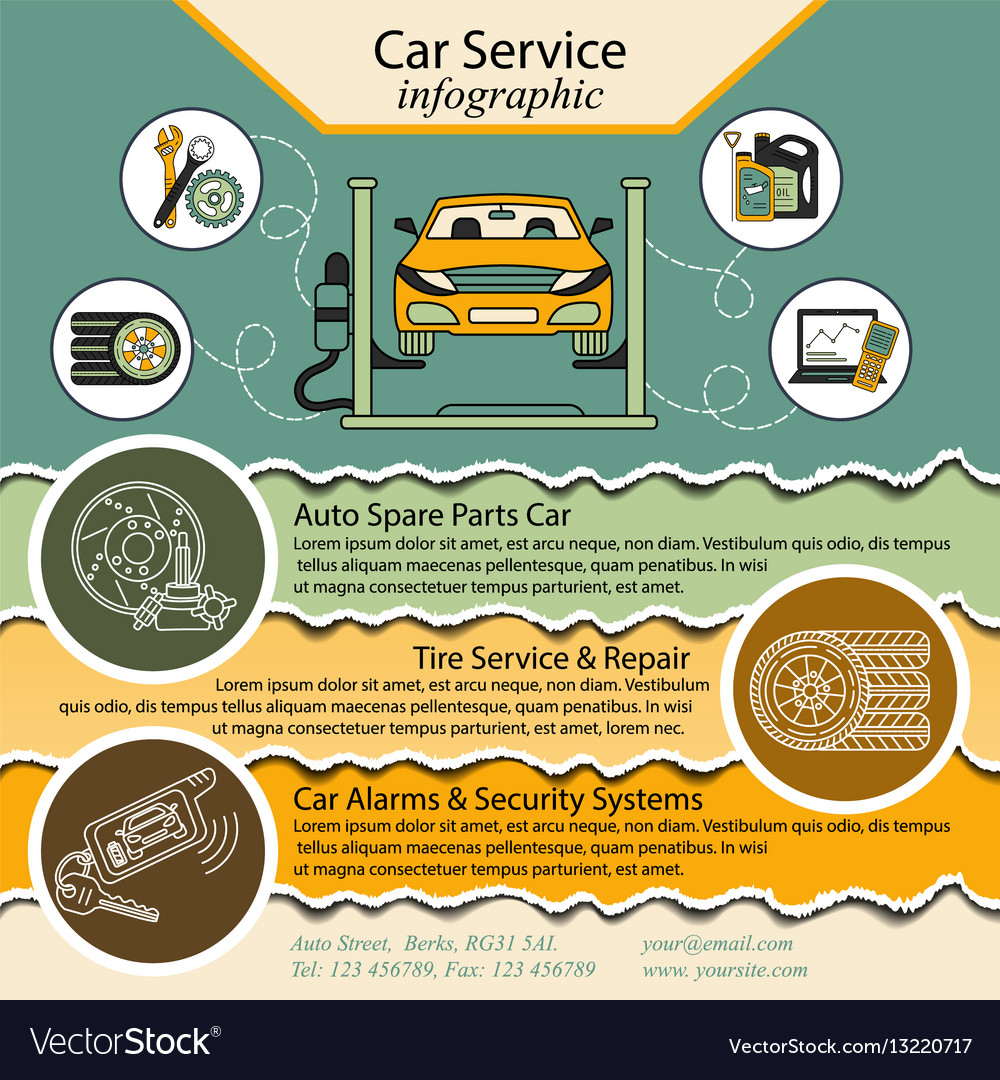Translating Your Vehicle'S Caution Indicators: What They Truly Signify
Translating Your Vehicle'S Caution Indicators: What They Truly Signify
Blog Article
Published By-Vinson Stark
When you lag the wheel, those radiant caution lights on your dashboard can be a little bit perplexing. Do you understand what they're trying to tell you about your auto's wellness? Comprehending the value of these lights is essential for your safety and the longevity of your vehicle. So, the next time one of those lights appears, would not you intend to decipher its message precisely and take the needed steps to resolve it?
Common Caution Lighting and Interpretations
Determine common warning lights in your cars and truck and comprehend their definitions to guarantee safe driving.
One of the most typical warning lights consist of the check engine light, which indicates problems with the engine or discharges system. If https://www.cnn.com/travel/article/road-trip-gas-prices-spring-summer-2022/index.html comes on, it's vital to have your lorry examined quickly.
The oil pressure cautioning light suggests low oil stress, requiring immediate focus to prevent engine damage.
A flashing battery light could suggest a faulty charging system, possibly leaving you stranded if not dealt with.
The tire stress surveillance system (TPMS) light alerts you to reduced tire stress, influencing lorry stability and fuel effectiveness. Neglecting this can lead to dangerous driving problems.
The abdominal muscle light indicates an issue with the anti-lock braking system, compromising your capacity to stop rapidly in emergency situations.
Lastly, the coolant temperature alerting light warns of engine getting too hot, which can result in extreme damage otherwise solved quickly.
Understanding these typical caution lights will certainly help you resolve concerns without delay and preserve secure driving conditions.
Value of Prompt Interest
Recognizing the usual warning lights in your cars and truck is only the initial step; the relevance of promptly attending to these warnings can not be highlighted sufficient to ensure your safety and security when driving.
When a warning light illuminates on your dashboard, it's your cars and truck's way of connecting a possible concern that needs focus. Disregarding https://felixmhcwr.activoblog.com/33955915/eco-friendly-vehicle-describing-products-you-need-to-attempt can bring about much more extreme troubles later on, jeopardizing your safety and potentially costing you much more out of commission.
Motivate focus to advising lights can protect against breakdowns and accidents. For instance, a blinking check engine light could show a misfire that, if left unattended, might cause damages to the catalytic converter. Resolving this promptly can conserve you from an expensive repair service.
In a similar way, a brake system alerting light could indicate reduced brake liquid or used brake pads, vital parts for your safety when driving.
Do It Yourself Troubleshooting Tips
If you discover a warning light on your dashboard, there are a few DIY fixing suggestions you can try before looking for specialist aid.
The primary step is to consult your automobile's handbook to recognize what the details warning light indicates. Sometimes Suggested Online site can be as basic as a loosened gas cap triggering the check engine light. Tightening the gas cap may fix the trouble.
An additional typical concern is a low battery, which can activate various cautioning lights. Examining cars detailing for rust and guaranteeing they're secure could deal with the trouble.
If a warning light lingers, you can attempt resetting it by separating the cars and truck's battery for a few minutes and after that reconnecting it. Furthermore, inspecting your car's liquid levels, such as oil, coolant, and brake liquid, can aid fix warning lights associated with these systems.
Verdict
To conclude, understanding your car's warning lights is crucial for maintaining your vehicle running smoothly and securely. By quickly addressing these alerts and recognizing what they mean, you can avoid costly fixings and possible malfunctions.
Remember to consult your vehicle's manual for specific information on each warning light and act as necessary to make sure a hassle-free driving experience.
Stay educated, stay secure on the road!
